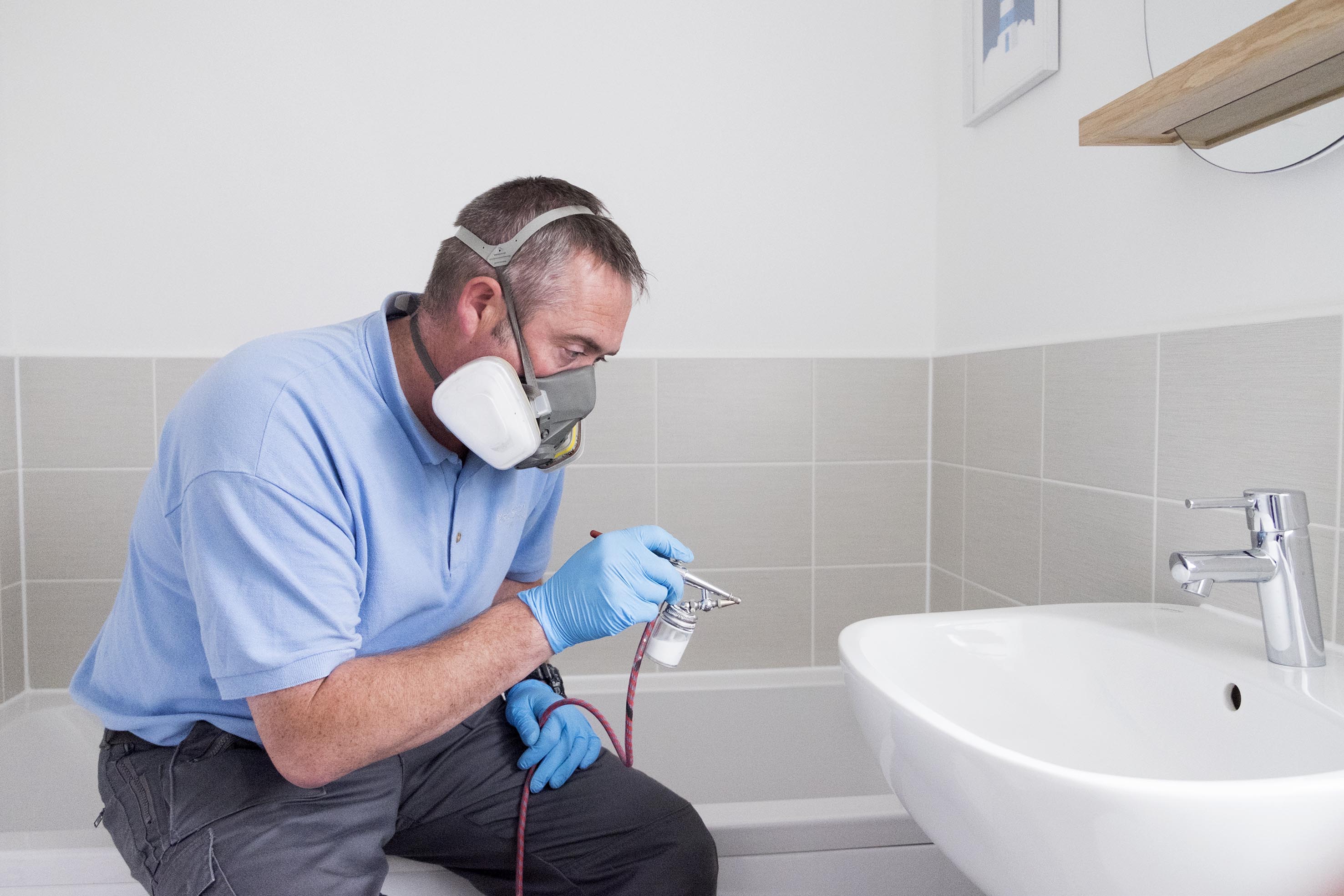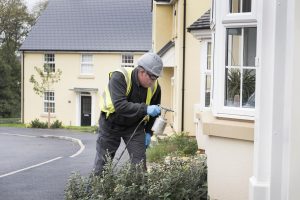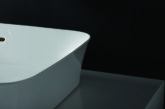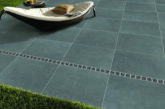
Mike Aitken, Sales Director at Plastic Surgeon, a leading specialist surface repair firm, discusses how housebuilders and developers can benefit from the use of surface repair.
The requirement for surface repair within the construction industry is intrinsic, and utilising its capabilities offers many benefits to firms operating in the sector. As a business, we work with leading housebuilders throughout the UK helping them to prepare properties for client handover, as well as facilitating repairs on construction sites across a broad range of development types.
We’re not a new requirement in the industry. Housebuilders and property developers have been turning to surface repair specialists for years, but it’s only relatively recently that they’ve been factoring the need for specialist input at project outset.
Why is surface repair becoming an ever more integral part of the project framework? Well, given the busy nature of construction sites and the fact large projects often take a prolonged time to complete, it is practically inevitable that there are mishaps along the way – be that damaged doors or doorframes, chipped bathroom units, scratched sideboards. With workers constantly moving around site, often carrying heavy equipment and materials, cosmetic surface damage is a practically unavoidable consequence in an active working area.

A broad range of surfaces
As repair specialists, we encounter an extraordinarily broad range of surfaces and surface types. I often get asked what cosmetic elements on a construction site can and can’t be repaired. I’d go so far as saying that virtually any interior or exterior surface can be repaired, be it plastic, metal, ceramic or enamel, stone, brick, marble, glass or wood.
The occasions where we examine a damaged surface and think, ‘that can’t be repaired’ are extremely rare. The simple truth is that the overwhelming majority can be fixed, potentially saving thousands of pounds in the process.
On the face of it, when you consider labour costs, repair might look like a costly business even with those savings. But it doesn’t have to be. All repair technicians are highly trained and able to repair a diverse range of surfaces, which negates the need to bring in other workers such as tilers, plasterers, plumbers and electricians. Repairing damaged items such as sinks, windows, work-surfaces, fitted furniture or sanitary-ware removes the need to make good or replace surrounding plasterwork, tiles or other substrates.
“Never assume that something can’t be repaired. Unless it’s structurally damaged, shattered beyond recognition or ground into dust, the opportunity for repair is there.”
Two-hour average
The majority of repairs take around two hours to complete and the most cost-effective way to utilise repair services is to get multiple repairs done at a time. Using specialist surface repair means multiple repairs can be done without the need for multiple trades, thus saving time and freeing up resource.
It’s not just cost savings to consider; environmental savings also play a large part. Repairing something saves on landfill – an increasingly important factor as businesses strive to meet sustainability targets and promote environmentally friendly policies. As a company we saved 3,474 tonnes of waste from landfill in 2017, a jump of 17% from 2016.
Never assume that something can’t be repaired. Unless it’s structurally damaged, shattered beyond recognition or ground into dust, the opportunity for repair is there.
Site trained
Repair technicians are also very adept at working in-situ, meaning disruption is minimal as they adapt to operating around busy construction sites without hindering other workers. With CSCS cards becoming increasingly important on sites, particularly those operated by the major contractors, most repair technicians will need to show one to demonstrate their proficiency. At Plastic Surgeon, we’ve recently launched an NVQ in surface repair – an industry first – which allows our finishers to apply for a CSCS Skilled Worker card and one specific to our trade.
Cosmetic repair uses fine finishing techniques which often originated in the automotive trade, but can also be found in French polishing. Finishers use an enormous array of proprietary fillers, hardeners, polishes and colours to mend surfaces that have suffered damage such as scratches, chips, holes, gouges, splits, cracks, discolouration or graffiti damage. It involves real craftsmanship to repair damage to a high standard, but, with these skills mastered it means that, essentially, practically any kind of damage can be mended.








